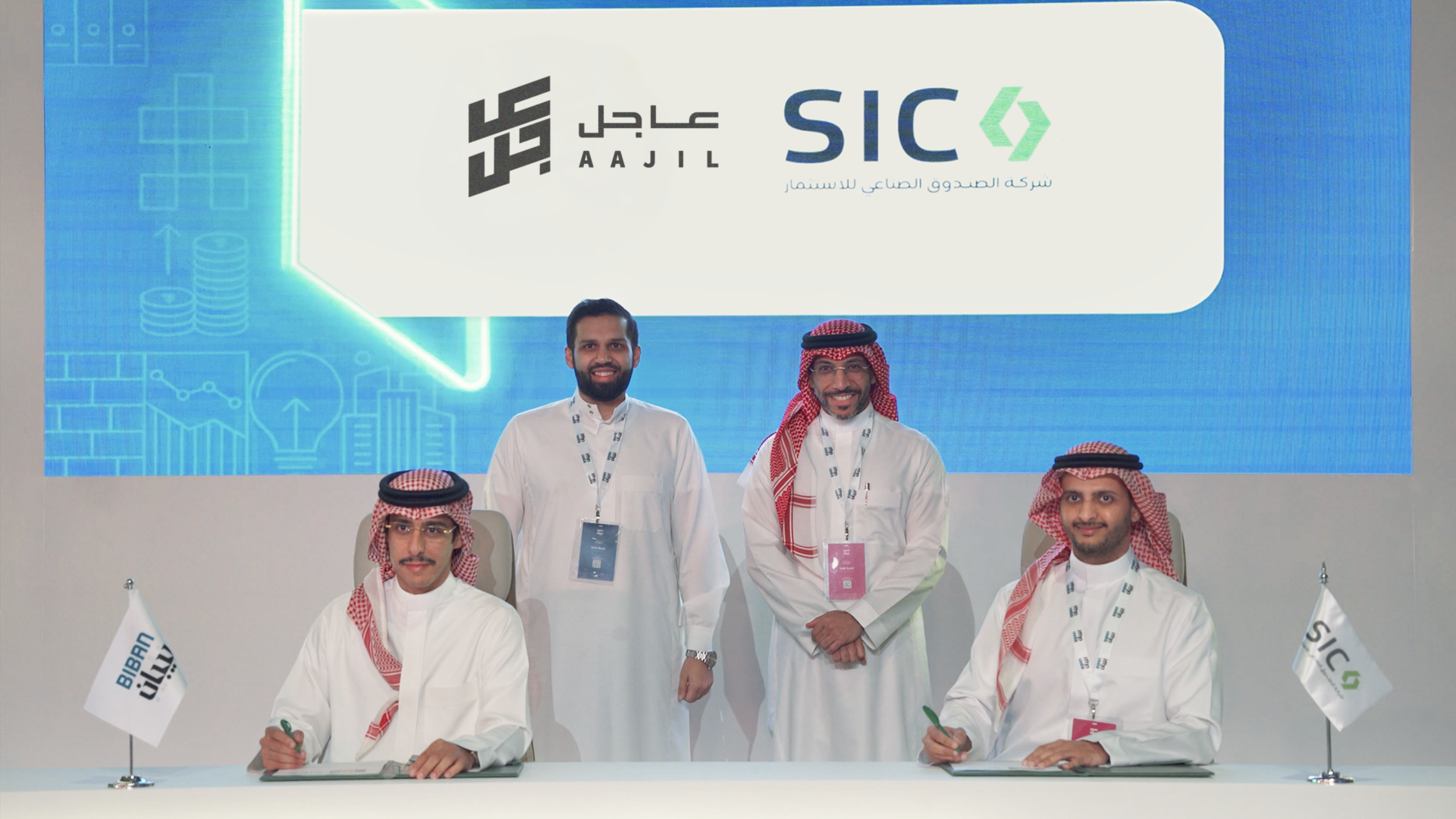As Saudi Arabia charges ahead with its Vision 2030 ambitions, the country’s business credit landscape continues to expand in both scale and complexity. According to recent data from SAMA and leading financial research institutions, total bank credit reached SAR 3.126 trillion by April 2025, marking a 16.5% year-on-year increase and a clear reflection of sustained economic momentum.
B2B credit, particularly in the corporate lending space, has been a consistent driver of this growth. Whole sale lending now accounts for a significant share of bank portfolios, supporting a wide range of sectors, from infrastructure and industrial development to logistics and wholesale trade.
A deeper look reveals a maturing credit structure
- Long-term loans (more than three years) now make up nearly half of all credit issued; a strong indicator of long-range business confidence.
- Meanwhile, short- and medium-term credit still account for over 50% of total lending, reflecting immediate operational needs and working capital cycles that remain vital to many businesses, especially SMEs.
This dual structure of long-term confidence and short-term operational urgency is shaping a new credit reality, one that calls for flexibility, speed, and partnership-based financial tools.
Liquidity is Strong, But Not Universal
Despite encouraging macroeconomic signals, access to credit isn’t always evenly distributed. Many mid-sized suppliers, service providers,and importers continue to face delays in securing working capital, not due to lack of demand, but because traditional credit channels often operate on long timelines and rigid requirements.
The Growing Importance of Agility
In a landscape this dynamic, financial agility is becoming just as important as financial strength. Whether it's a distributor needing quicker payment terms to fulfill rising demand or a contractor looking to balance inflows and outflows across multiple suppliers, short-term payment solutions are quietly becoming a necessity.
As this demand grows, it’s not just about providing capital, it’s about delivering it in the right format, with the right timing, and under terms that empower rather than burden.
Conclusion
The story of B2B credit in Saudi Arabia is no longer just about volume, it's about velocity, adaptability, and alignment with how modern businesses operate. The tools that supported growth in the last decade may need to evolve to meet the real-time demands of the next.
At Aajil, we’re closely watching these shifts, and working on being a part of the solution.






